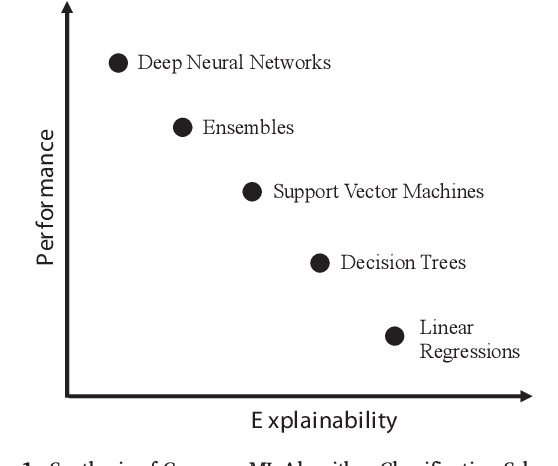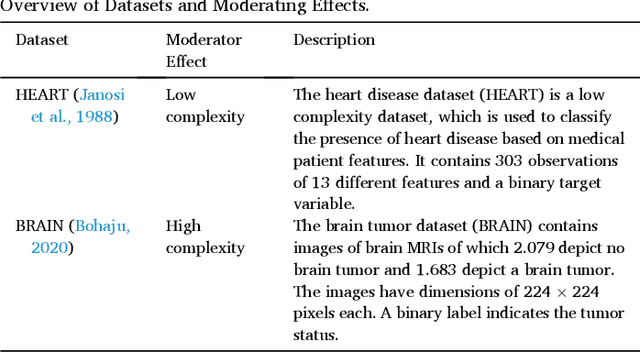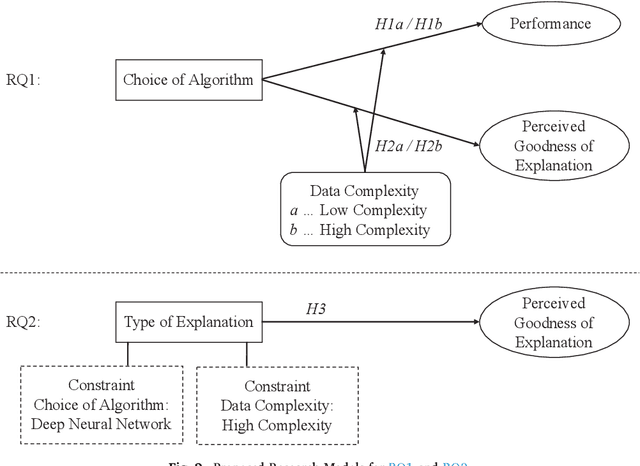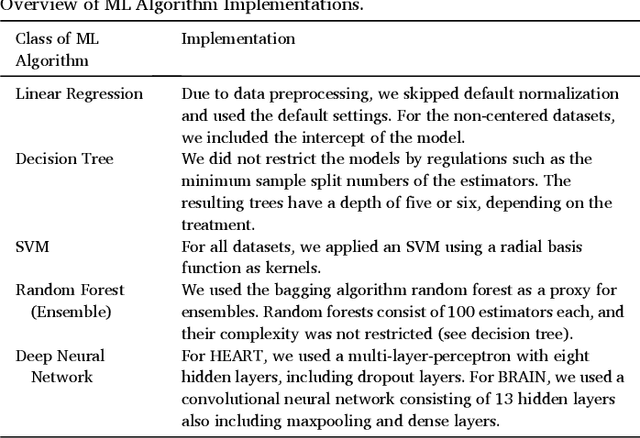Lukas-Valentin Herm
Recent Advances in Data-Driven Business Process Management
Jun 03, 2024



Abstract:The rapid development of cutting-edge technologies, the increasing volume of data and also the availability and processability of new types of data sources has led to a paradigm shift in data-based management and decision-making. Since business processes are at the core of organizational work, these developments heavily impact BPM as a crucial success factor for organizations. In view of this emerging potential, data-driven business process management has become a relevant and vibrant research area. Given the complexity and interdisciplinarity of the research field, this position paper therefore presents research insights regarding data-driven BPM.
Impact Of Explainable AI On Cognitive Load: Insights From An Empirical Study
Apr 18, 2023Abstract:While the emerging research field of explainable artificial intelligence (XAI) claims to address the lack of explainability in high-performance machine learning models, in practice, XAI targets developers rather than actual end-users. Unsurprisingly, end-users are often unwilling to use XAI-based decision support systems. Similarly, there is limited interdisciplinary research on end-users' behavior during XAI explanations usage, rendering it unknown how explanations may impact cognitive load and further affect end-user performance. Therefore, we conducted an empirical study with 271 prospective physicians, measuring their cognitive load, task performance, and task time for distinct implementation-independent XAI explanation types using a COVID-19 use case. We found that these explanation types strongly influence end-users' cognitive load, task performance, and task time. Further, we contextualized a mental efficiency metric, ranking local XAI explanation types best, to provide recommendations for future applications and implications for sociotechnical XAI research.
Stop ordering machine learning algorithms by their explainability! A user-centered investigation of performance and explainability
Jun 20, 2022



Abstract:Machine learning algorithms enable advanced decision making in contemporary intelligent systems. Research indicates that there is a tradeoff between their model performance and explainability. Machine learning models with higher performance are often based on more complex algorithms and therefore lack explainability and vice versa. However, there is little to no empirical evidence of this tradeoff from an end user perspective. We aim to provide empirical evidence by conducting two user experiments. Using two distinct datasets, we first measure the tradeoff for five common classes of machine learning algorithms. Second, we address the problem of end user perceptions of explainable artificial intelligence augmentations aimed at increasing the understanding of the decision logic of high-performing complex models. Our results diverge from the widespread assumption of a tradeoff curve and indicate that the tradeoff between model performance and explainability is much less gradual in the end user's perception. This is a stark contrast to assumed inherent model interpretability. Further, we found the tradeoff to be situational for example due to data complexity. Results of our second experiment show that while explainable artificial intelligence augmentations can be used to increase explainability, the type of explanation plays an essential role in end user perception.
 Add to Chrome
Add to Chrome Add to Firefox
Add to Firefox Add to Edge
Add to Edge